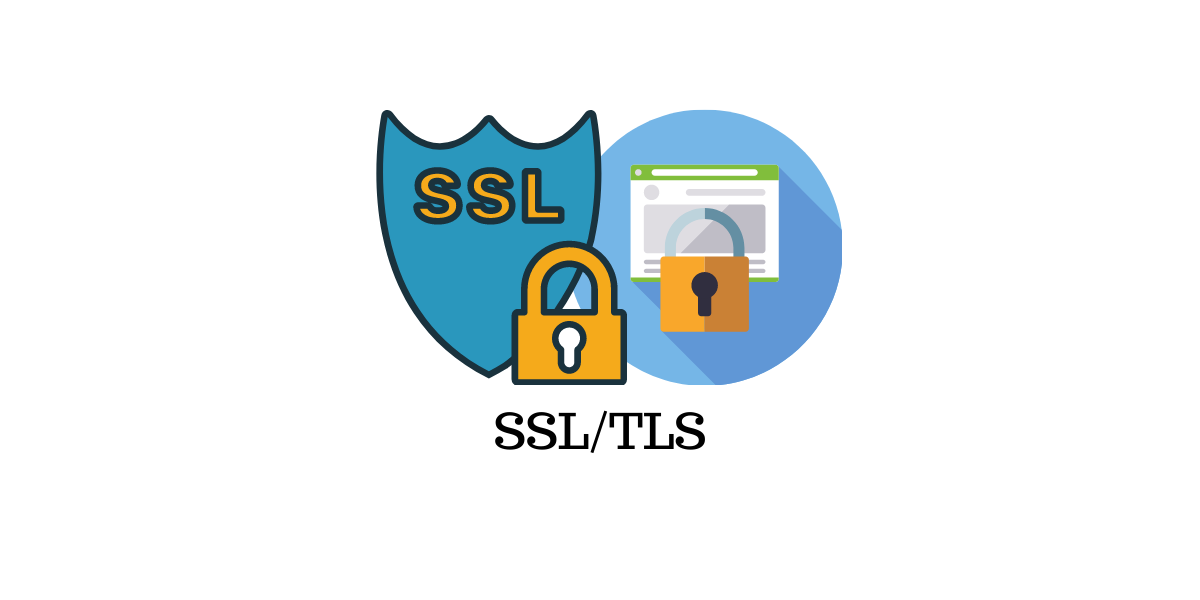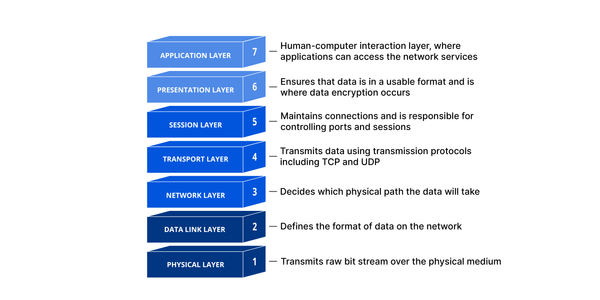When it comes to securing data on the internet, two protocols often come up: SSL (Secure Sockets Layer) and TLS (Transport Layer Security). Understanding the difference between SSL and TLS is crucial for ensuring robust online security.
SSL: The Foundation of Secure Connections
SSL, developed by Netscape in the mid-1990s, was the original protocol designed to secure internet communications. It establishes an encrypted link between a web server and a browser, ensuring that all data passed between them remains private and integral. SSL has gone through several versions, with SSL 3.0 being the last iteration before transitioning to TLS.
TLS: The Modern Standard
TLS, which stands for Transport Layer Security, is the successor to SSL. Introduced in 1999, TLS is based on SSL but with significant improvements in security and performance. TLS has seen multiple versions, with TLS 1.2 and 1.3 being the most widely used today. TLS addresses many of the vulnerabilities found in SSL, providing stronger encryption algorithms, better key exchange methods, and more robust message authentication codes.
Key Differences Between SSL and TLS
- Security Enhancements: TLS offers stronger encryption algorithms and improved key exchange mechanisms, making it more secure than SSL.
- Performance Improvements: TLS is designed to be more efficient, reducing the time it takes to establish a secure connection.
- Protocol Versions: SSL is no longer considered secure and has been deprecated in favor of TLS. Most modern systems now support TLS 1.2 or TLS 1.3.
- Handshake Process: The TLS handshake process includes enhancements over SSL, providing better protection against certain types of attacks.
Why TLS Matters Today
With the increasing number of cyber threats, using up-to-date security protocols is essential. TLS provides the necessary protection for online transactions, secure communications, and data integrity. Websites and applications that still rely on SSL are vulnerable to attacks, emphasizing the importance of upgrading to the latest version of TLS.
Conclusion
While SSL laid the groundwork for secure internet communications, TLS has taken over as the modern standard, offering enhanced security and performance. Understanding the differences between SSL and TLS helps ensure that you are using the most secure protocols available to protect your data and communications online. Always opt for the latest version of TLS to maintain robust security in the face of evolving cyber threats.







